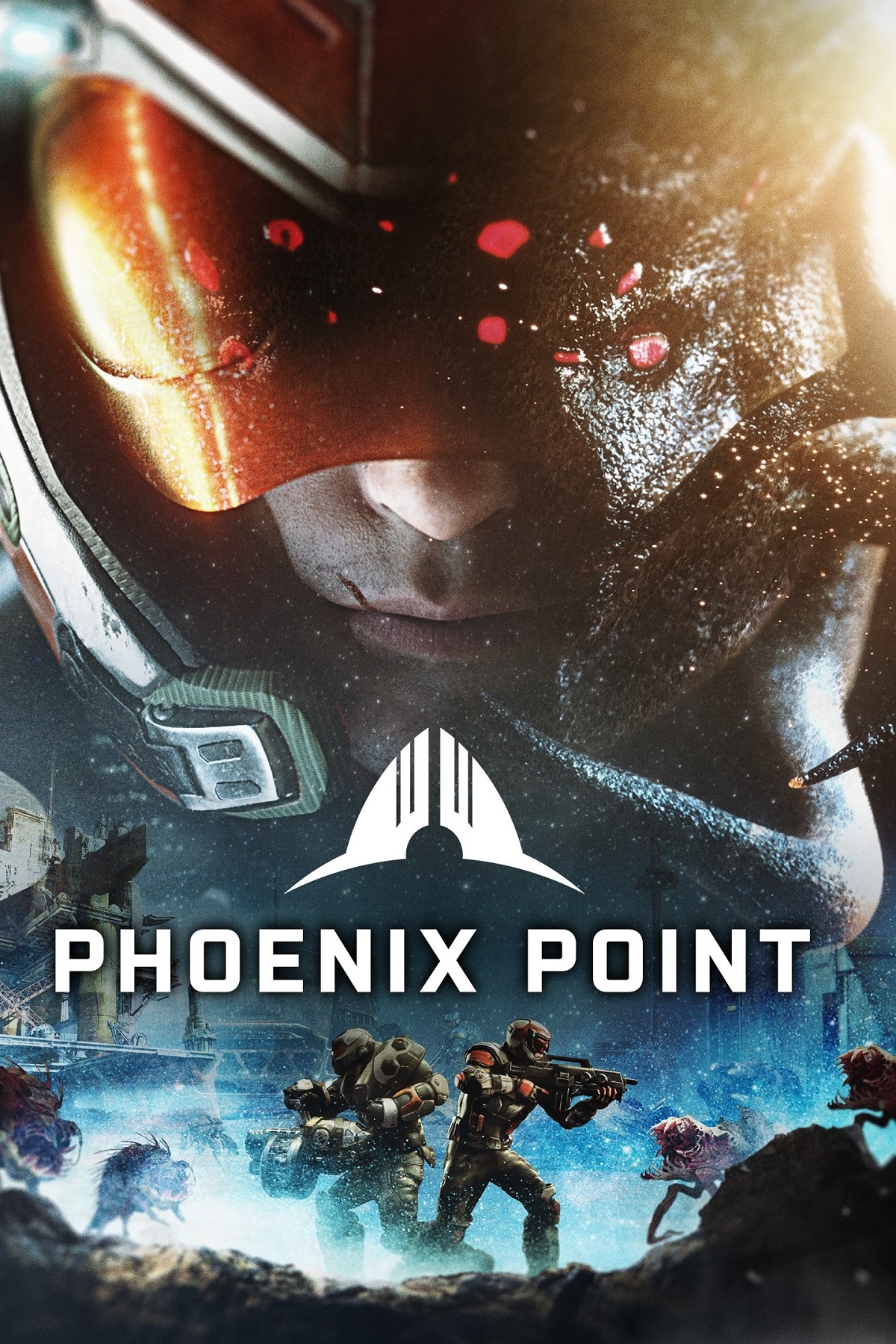
Phoenix Point: Year One Edition has a solid look, coupled with good user interface decisions. The small narratives that pop-up can be interesting but the bigger story does not have the heft to keep the player moving forward. The Phoenix organization itself is incredibly bland and there’s little to make a soldier unique. The title could still benefit from some extra personality. Keeping multiple saves active is encouraged. There are moments when the enemy turn seems to go on forever. There are also smaller problems that affected my playtime, which were thankfully cleared up by reloads or by simply moving past them (once I lost a soldier because of one). I still had a campaign that could not progress because of an objective linked bug. The Year One version of the title has solved many of the issues that were reported by the community. Finally, the constantly falling number of human survivors adds pressure, and the evolution of the Pandorans increases the danger levels. The faction interactions add another layer of possibility.
#PHOENIX POINT REVIEWS FULL#
But the strategic map is always full of options and opportunities. Missions themselves can become repetitive, especially one all the abilities of a few soldiers are open.

The biggest attraction of Phoenix Point is the complex interactions between its systems. The presence of three major factions (New Jericho, firepower focused normal humans, Disciples of Ainu, bio-tech wielding spiritual focused and obsessed with the future, and Synedrion, democratic cyber focused radicals) makes the strategy layer feel alive and engaging.
#PHOENIX POINT REVIEWS FREE#
Another innovation is the free aim system, which makes it easier to target particular body parts and cripple enemy abilities. This makes the game more tactically varied than similar experiences, a fact helped by the evolution system for enemy creatures. Each character also gains a second class option at level 4, which introduces more options or development. In Phoenix Point, soldiers have four moves per turn, which means there is more tactical granularity than in similar titles. Soldiers gain new abilities as they get experience points(with a shared pool that can be used when someone needs a boost) and more equipment is researched and manufactured as the game moves forward. On the tactical layer, squads go up against enemies, mutated or human, in turn, and hex-based engagements.

On the strategy layer, bases need to be managed while resources need to be obtained and distributed for anything from research to equipment manufacturing to recruiting. The basics should be pretty familiar to fans of the genre. The overall effect is to make the experience deeper and more balanced, finally introducing an alternative worth considering to the XCOM series, but with some problems still persisting. It includes quite a few patches launched over the course of 2020 and three pieces of downloadable content.
#PHOENIX POINT REVIEWS SERIES#
The game is a spiritual successor to the original X-COM, that he created, and is a direct competitor to the new XCOM series from Firaxis.Īs the name implies this is an updated version of the title that arrived as an Epic Games exclusive in 2019. Phoenix Point: Year One Edition is a strategy and tactics title developed by Snapshot Games, headed by Julian Gollop. Do I stop the mutated creatures attacking humanity havens? Do I gain favor with factions by working for them? Do I tackle one of the harder story missions? Do I launch a daring raid to get some resources I lack? Or do I simply try to explore some of the places I know nothing about? And once I assign my three teams do I play it safe, conserving lives and ammo, or do I go all out to achieve objectives, even if that means taking losses? I also have a map full of locations to travel to.

I have three flyers with three full teams of soldiers, two A teams, and one still developing B team.


 0 kommentar(er)
0 kommentar(er)
